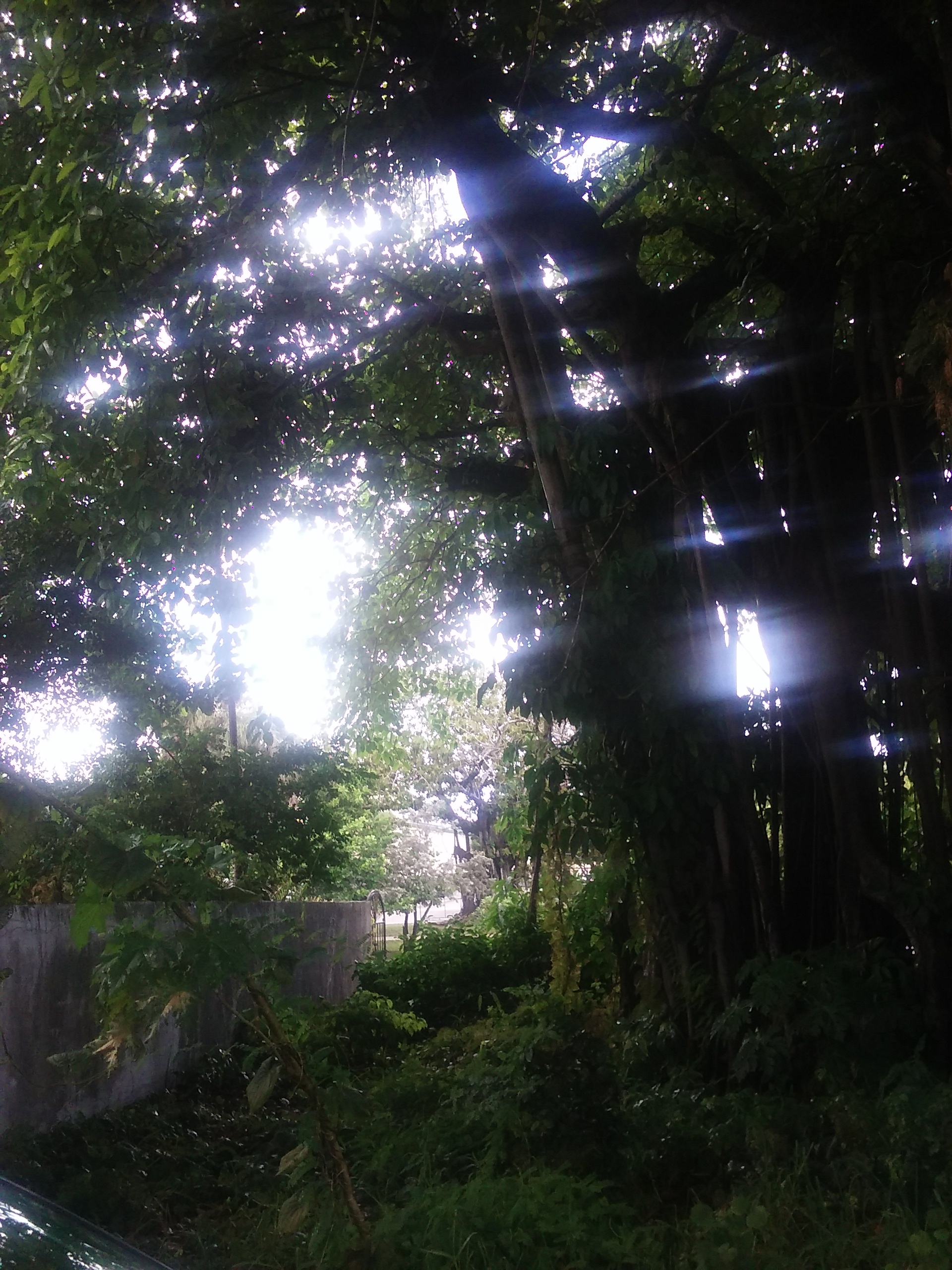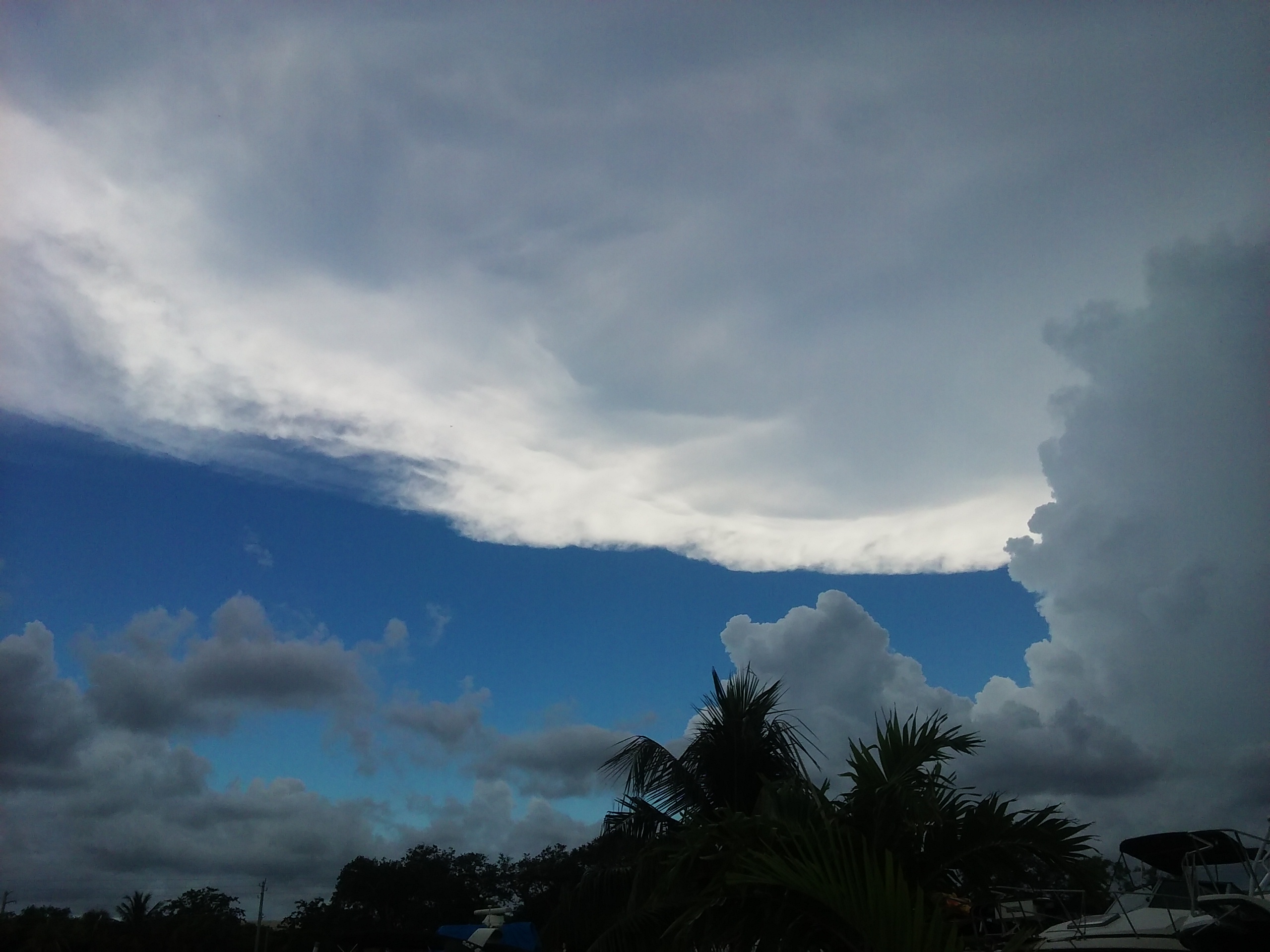Tag: Sioux
Clouds
On Sale for Two Days!!! ($0.99)!!!
Turkey Shoot
 On a cold December morning in 1890 with snow on the ground, three hundred and fifty unarmed Lakota Indians (120 men and 230 women and children) were massacred at Wounded Knee Creek by soldiers of the 7th Cavalry—Custer’s old outfit.
On a cold December morning in 1890 with snow on the ground, three hundred and fifty unarmed Lakota Indians (120 men and 230 women and children) were massacred at Wounded Knee Creek by soldiers of the 7th Cavalry—Custer’s old outfit.
The Congressional Medal of Honor was awarded to twenty-three men of the Seventh. This is the story of one of those brave men.
(An Excerpt from the Novel, Yellow Hair)
All One Hundred And Twenty Men, one hundred and twenty-one if you included Yellow Hair, formed a single line. Each man was to place his weapons—knives, tomahawks, and war clubs, as well guns—in a pile as they advanced to the front of the line.
Yellow Hair was farther back; at the head of the line stood two soldiers with an officer off to one side. The Indians were to place their weapons on the ground between the two soldiers. Slowly the line moved forward. When Yellow Hair progressed to near the front, he saw the large pile of guns, but he had no intention of giving up the Winchester Sitting Bull had given him. He already had his knife safely hidden on his person. When it was his turn to place his rifle onto the pile, he would tell the officer his story and see what developed. If necessary, he would tell them that he was a White Man, and upon close inspection, he would be believed.
Yellow Hair was fourth from the front of the line when it stopped moving. The young man at the front, Šuŋgmánitu sápA (Black Coyote), raised his gun in the air and shouted, “I paid much for this gun. I will not give it up!”
A soldier approached Black Coyote and made a grab for his gun. In the ensuing struggle, a shot rang out. Black Coyote’s gun had accidently discharged. At first no one made a move. The entire camp was quiet. Then, without warning, the Hotchkiss guns started to rake the tipis, going through their skins as though they were not there. The people inside the tipis, those that were not killed instantly, ran out in panic. The Lakota men who had given up their guns ran towards the pile in an effort to retrieve them, but most were cut down by the fire from the Hotchkiss guns. The few who still had possession of their guns began to fire at the soldiers.
With bullets flying every which way, Yellow Hair ran as best he could, considering his limp, to a ravine that was off to the west. Without slowing, he jumped over the lip and almost landed on a dead woman sprawled on the incline. Next to her was an infant, still alive, oblivious to the horror going on around him.
He plucked up the child and made for the bushes at the bottom where he found a woman and a small girl hiding among the scrub. The girl was crying and the woman was shaking from head to foot. Yellow Hair handed the infant to the woman and said, “Do not worry, Mother. Neither you nor these children will die this day.” He made sure that his gun was fully loaded; he was prepared to shoot the first soldier that stuck his head over the rim of the ravine.
They were the only ones in that area, but one hundred yards to the north, men, women, and children were huddled at the bottom while soldiers stood above and shot down at them. Every once in a while he could hear someone shout, “Remember the Little Bighorn!”
The Seventh was getting its own back that day.
While that was going on at the ravine, the men behind the Hotchkiss guns continued to fire at anything that moved. Unfortunately, for some of the soldiers in front of the guns that meant them as well. In the frenzy, soldiers were killing soldiers as well as Indians.
Not all the Lakota ran to the ravine. Some ran to the open prairie in an effort to escape death. None of them had weapons; they were just running for their lives.
A few of the soldiers made for their horses and, as if they were on a buffalo hunt, ran down the fleeing people. As they approached their prey, they would cock their revolvers and fire. If they missed, they would turn their horse for another try. One trooper was heard to exclaim, “Great fun, I betcha I get more than you!” When the carnage was over, Lakota bodies were found as far away as five miles, which led some to speculate that the soldiers toyed with the Indians to prolong the hunt.
Back at the ravine, when targets became scarce, one of the soldiers on the rim started to make his way in Yellow Hair’s direction. His name was John Dinneen, a private in the Seventh. That morning he had killed fifteen unarmed people, ten of whom were women and children. Now he was looking for more “turkeys.” That is how he thought of the cowering Indians. At one point, he yelled to his compatriots, “Come on, boys, it’s just like an old-fashioned turkey shoot and I’m a-gonna win me a prize!”
Dinneen made his way toward Yellow Hair’s location, searching the bush for Indians. He walked slowly and purposefully; he did not want to miss any “turkeys.” Because of his slow progress, the tension built within the woman and girl. Finally, it became unbearable for the girl and she bolted from her hiding place.
Dinneen saw her and smiled to himself. Under his breath he muttered, “I oughtta git two points for this one. Them small ones is hard to hit, especially when they’re movin’ so fast.”
As he raised his rifle to his shoulder to take aim, Yellow Hair stood, sighted Dinneen, and fired.
The bullet, though aimed for the man’s heart, plowed into his left shoulder before he could fire at the girl. With a shout of pain, Dinneen dropped his gun. The look of astonishment on his face made Yellow Hair smile. He cocked his gun for another try at the man’s heart, but Dinneen turned and ran before he could sight him.
Yellow Hair looked for the girl, but she was nowhere to be seen. Looking down at the woman, he said, “Do not worry, she got away. She is safe.” He did not know if it were true, but it was the only thing he could say.
Private Dinneen’s wound was not life-threatening, although, because of nerve damage, he did lose the use of his left arm. But other than that, he lived a long, if not particularly fruitful, life. He—along with twenty-two other “brave” men of the Seventh—was given the Congressional Medal of Honor for his bravery at Wounded Knee. His citation read in full, “For conspicuous bravery in action against Indians concealed in a ravine.”
It seems as though Private Dinneen did indeed receive his prize for the turkey shoot.
[caption id="attachment_2495" align="aligncenter" width="188"] Click to see on Amazon[/caption]
Click to see on Amazon[/caption]
If anyone feels so inclined, I’d appreciate it if you’d like my Facebook page. You can click on the button on the right side of the page. Thank you.
Another Book Review
Today I am reviewing the latest book from one of my favorite authors, Andrew Joyce.
The review: The book is great!
Stars: 1.5 Million
The Link: Amazon
[caption id="attachment_2597" align="alignnone" width="225"] The Author (If this doesn't get you to buy the book nothing will.)[/caption]
The Author (If this doesn't get you to buy the book nothing will.)[/caption]
An Award
A Young Man
Through no fault of his own, a young man is thrust into a new culture just at the time that culture is undergoing massive changes. It is losing its identity, its lands, and its dignity. He not only adapts, he perseveres and, over time, becomes a leader—and on occasion, the hand of vengeance against those who would destroy his adopted people.
Buy @ Amazon: US - UK - CA - AU
Sunrise
Tree
Yellow Hair (Now on Sale)
Yellow Hair documents the injustices done to the Sioux Nation from their first treaty with the United States in 1805 through Wounded Knee in 1890. Every death, murder, battle, and outrage written about actually took place. The historical figures that play a role in this fact-based tale of fiction were real people and the author uses their real names. Yellow Hair is an epic tale of adventure, family, love, and hate that spans most of the 19th century.
This is American history.
Andrew Joyce is the recipient of the 2013 Editor’s Choice Award for Best Western for his novel, Redemption: The Further Adventures of Huck Finn and Tom Sawyer.
https://www.amazon.com/dp/B01LXOXHBI

















